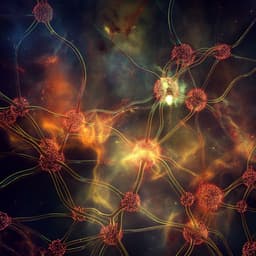
Biology
The rise of grasslands is linked to atmospheric CO2 decline in the late Palaeogene
L. Palazzesi, O. Hidalgo, et al.
Dive into this fascinating research by Luis Palazzesi, Oriane Hidalgo, Viviana D. Barreda, Félix Forest, and Sebastian Höhna, which uncovers how the historic decline in atmospheric CO2 around 34 million years ago sparked a surge in diversification rates among two prominent grassland families: Poaceae and Asteraceae. Surprisingly, temperature fluctuations didn’t hold the same influence on diversification as CO2 levels did!
~3 min • Beginner • English
Related Publications
Explore these studies to deepen your understanding of the subject.







